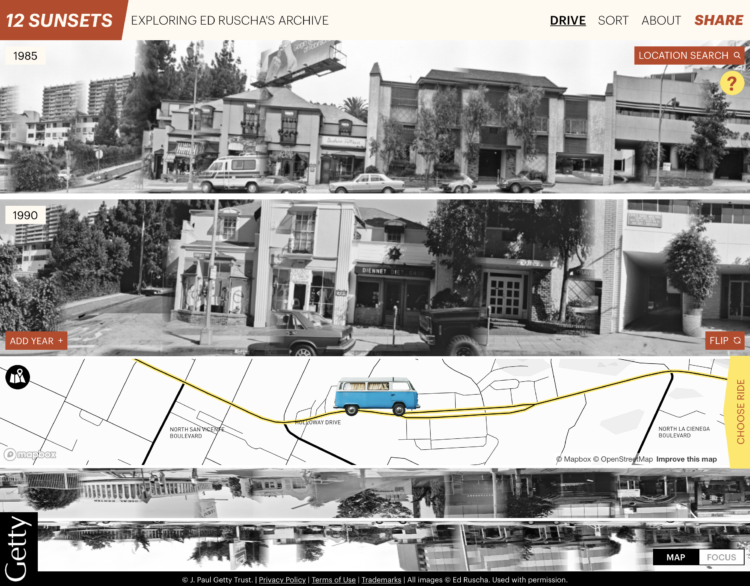The climate is changing, which means some crops will fair better or worse given new conditions. Stamen, in collaboration with Vision for Adapted Crops and Soils, mapped the potential shifts for a variety of crops.
Be sure to see Stamen’s process post on the design choices behind the visual explorer.
Tags: agriculture, climate, food, Stamen







